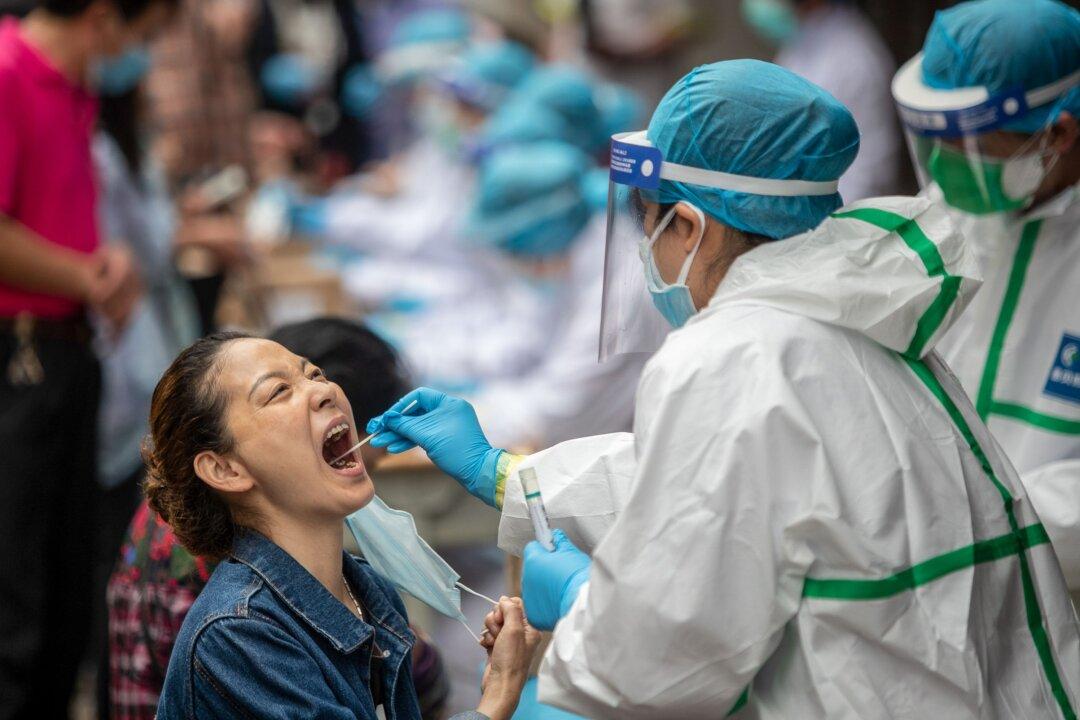The central Chinese city of Wuhan, where the CCP virus first emerged, announced the results of its mass diagnostic testing for all 9.8 million residents on June 2. Authorities claimed that only 300 asymptomatic carriers have tested positive in the city.
It added that there were no confirmed diagnoses. In China, asymptomatic cases are tallied separately from those who test positive and show symptoms.





